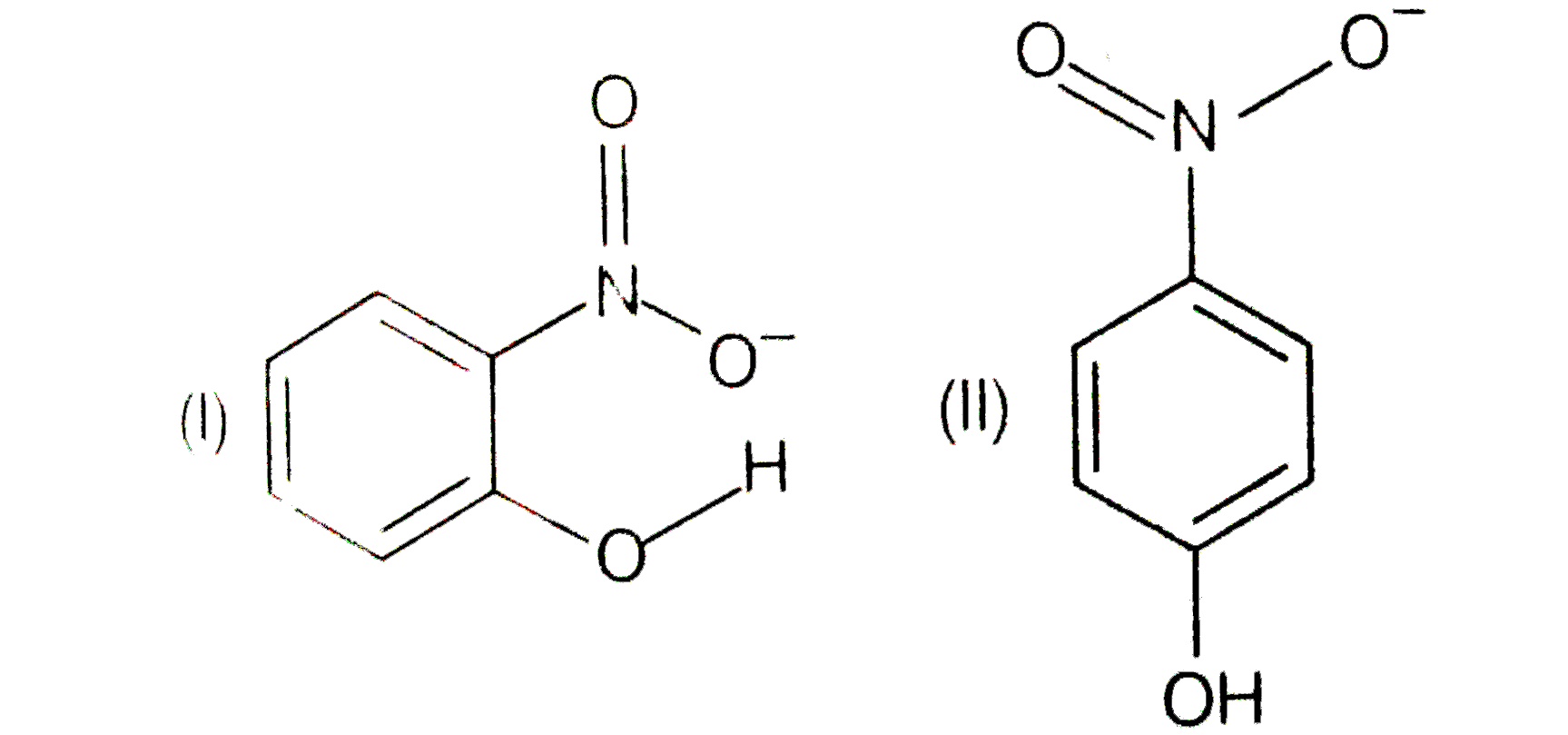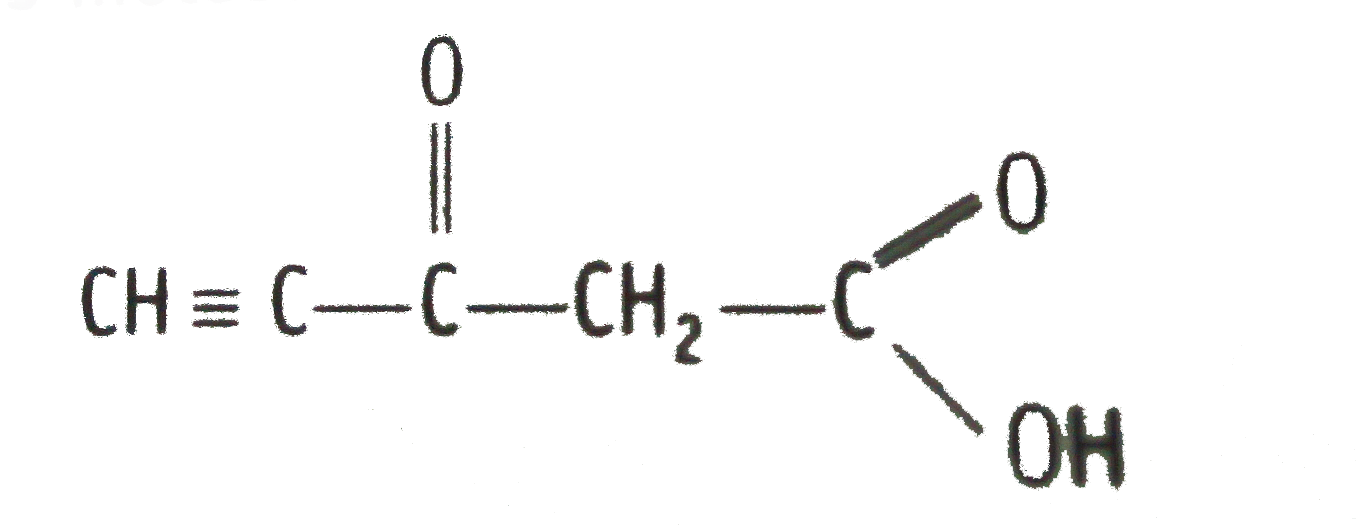Complete Solutions to Short answer types questions of chapter CHEMICAL BONDING AND MOLECULAR STRUCTURE of Class 11 book with complete answers and questions
| Class 11 | CHEMISTRY |
| Chapter | CHEMICAL BONDING AND MOLECULAR STRUCTURE |
| NCERT EXEMPLAR | Short answer types questions |
| Number Of Questions | 21 |
| Academic Year | 2023-24 |
Interpret the non-linear shape of `H_(2)S` molecule and non-planar shape of `PCl_(3)` using valence shell electron pair repulsion (VSEPR) theory.
(Atomic number `:H=1, P=15, S=16, Cl=17`)
View SolutionUsing molelcular orbital theory, compare the bond energy and magnetic character of `O_(2)^(+)` and `O_(2)^(-)` species.
View SolutionExplain the shape of `BrF_(5^.)`
View SolutionStructures of molecules of two compounds are given below.

a) Which of the two compounds will have intermolecular hydrogen bonding and which compound is expected to show intramolecular hydrogen bonding?
b) The melting point of compound depends on, among other things, the extent of hydrogen bonding. On this basis explain which of the above two compounds will show higher melting point?
c) Solubility of compounds in water depends on powers to form hydrogen bonds with water. Which of the above compounds will form hydrogen bond with easily and be more stable in it?
View SolutionWhy does type of overlap given in the following figure not result in bond formation?

View SolutionExplain why `PCl_(5)` is trigonal bipyramidal whereas `IF_(5)` is square pyramidal ?
View SolutionIn both water and dimethyl ether `(CH_(3)-underset(..)overset(..)O-CH_(3))`, oxygen atoms is central atom, and has the same hybridisation, yet they have different bond angles. Which one has greater bond angle? Give reason.
View SolutionWrite Lewis structure of the following compounds and show format charge on each atom.
`HNO_(3), NO_(2), H_(2)SO_(4)`
View SolutionThe energy of `sigma2p_(z)`, molecular orbital is greater than `pi2p_(x)` and `pi2p_(y)` molecular orbitals in nitrogen molecule. Write the complete sequence of energy levels in the increasing order of energy in the molecule. Compare the relative stability and the magnetic behaviour of the following species.
`N_(2), N_(2)^(+), N_(2)^(-), N_(2)^(2+)`
View SolutionGive the change in bond order in the following ionisation process?
i. `O_(2) rarr O_(2)^(o+)+e^(-)` , ii.`N_(2) rarr N_(2)^(o+)+e^(-)`
View SolutionGive reason for the following.
a) Covalent bonds are directional bonds while ionic bonds are non-directional.
b) Wate molecules has bent whereas carbon dioxide molecule is linear.
c) Ethyne molecule is linear.
View SolutionWhat is an ionic bond? With two suitable exmaples the difference between an ionic and a covalent bond?
View SolutionArrange the following bonds in order of increasing ionic character giving reason.
N-H, F-H, C-H and O-H
View SolutionExplain why `CO_(3)^(2-)` ion cannot be represented by a single Lewis structure. How can it be best represented?
View SolutionPredict the hybridisation of each carbon in the molecule of organic compound given below. Also indicate the total number of sigma and pi-bonds in this molecule.

View SolutionGroup the following as linear and non-linear molecules :
`H_(2)O,HOCl,BeCl_(2),Cl_(2)O`
View SolutionElements X,Y and Z have 4,5 and 7 valence electrons respectively, (i) Write the molecular formula of the compounds formed by these elements individually with hydrogen (ii) which of these compounds will have the highest dipolw moment ?
View SolutionDraw the resonatin structure of
(i) Ozone molecule (ii) Nitrate ion
View SolutionPresict the shapes of the following molecules on the basis of hybridisation.
`BCl_(3),CH_(4),CO_(2),NH_(3)`
View SolutionAll the C-O bonds in carbonate in `(CO_(3)^(2-))` are equal in length. Explain.
View Solutionwhat is meant by the term average bond enthalpy? Why is there difference in bond enthalpy of O-H bond in ethanol `(C_(2)H_(5)OH)` and water?
View Solution
Short answer types questions questions and complete solutions for chapter CHEMICAL BONDING AND MOLECULAR STRUCTURE of NCERT CHEMISTRY (HINGLISH) of Class 11